SLUS223G April 1997 – July 2022 UC1842 , UC1843 , UC1844 , UC1845 , UC2842 , UC2843 , UC2844 , UC2845 , UC3842 , UC3843 , UC3844 , UC3845
PRODUCTION DATA
- 1 Features
- 2 Applications
- 3 Description
- 4 Revision History
- 5 Device Comparison Table
- 6 Pin Configuration and Functions
- 7 Specifications
-
8 Detailed Description
- 8.1 Overview
- 8.2 Functional Block Diagrams
- 8.3 Feature Description
- 8.4 Device Functional Modes
-
9 Application and Implementation
- 9.1 Application Information
- 9.2
Typical Application
- 9.2.1 Design Requirements
- 9.2.2
Detailed Design Procedure
- 9.2.2.1 Input Bulk Capacitor and Minimum Bulk Voltage
- 9.2.2.2 Transformer Turns Ratio and Maximum Duty Cycle
- 9.2.2.3 Transformer Inductance and Peak Currents
- 9.2.2.4 Output Capacitor
- 9.2.2.5 Current Sensing Network
- 9.2.2.6 Gate Drive Resistor
- 9.2.2.7 VREF Capacitor
- 9.2.2.8 RT/CT
- 9.2.2.9 Start-Up Circuit
- 9.2.2.10 Voltage Feedback Compensation
- 9.2.3 Application Curves
- 10Power Supply Recommendations
- 11Layout
- 12Device and Documentation Support
- 13Mechanical, Packaging, and Orderable Information
Package Options
Mechanical Data (Package|Pins)
Thermal pad, mechanical data (Package|Pins)
Orderable Information
9.2.3 Application Curves
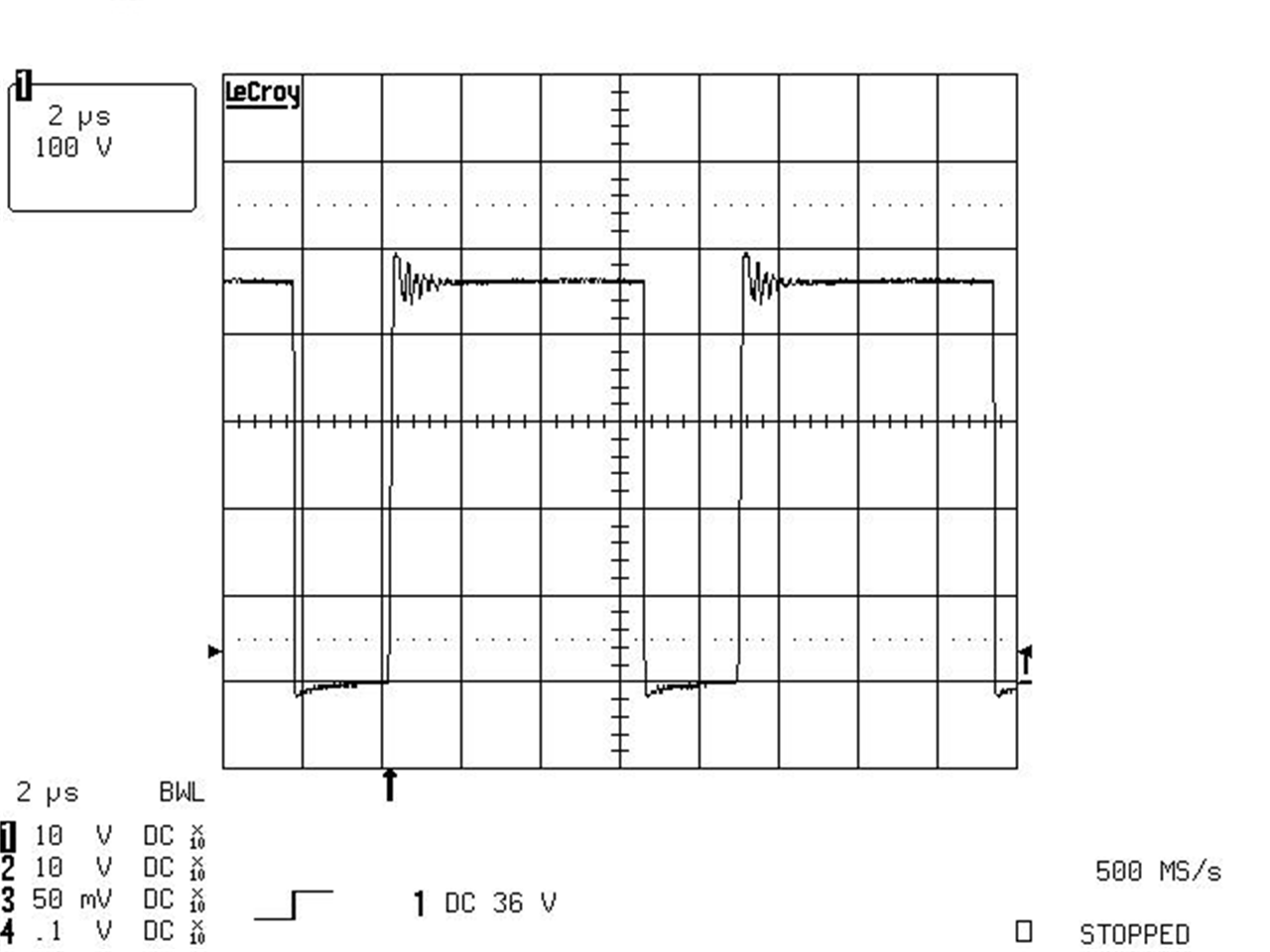 Figure 9-7 Primary Side MOSFET Drain to Source Voltage at 240-V AC Input (100 V/div)
Figure 9-7 Primary Side MOSFET Drain to Source Voltage at 240-V AC Input (100 V/div)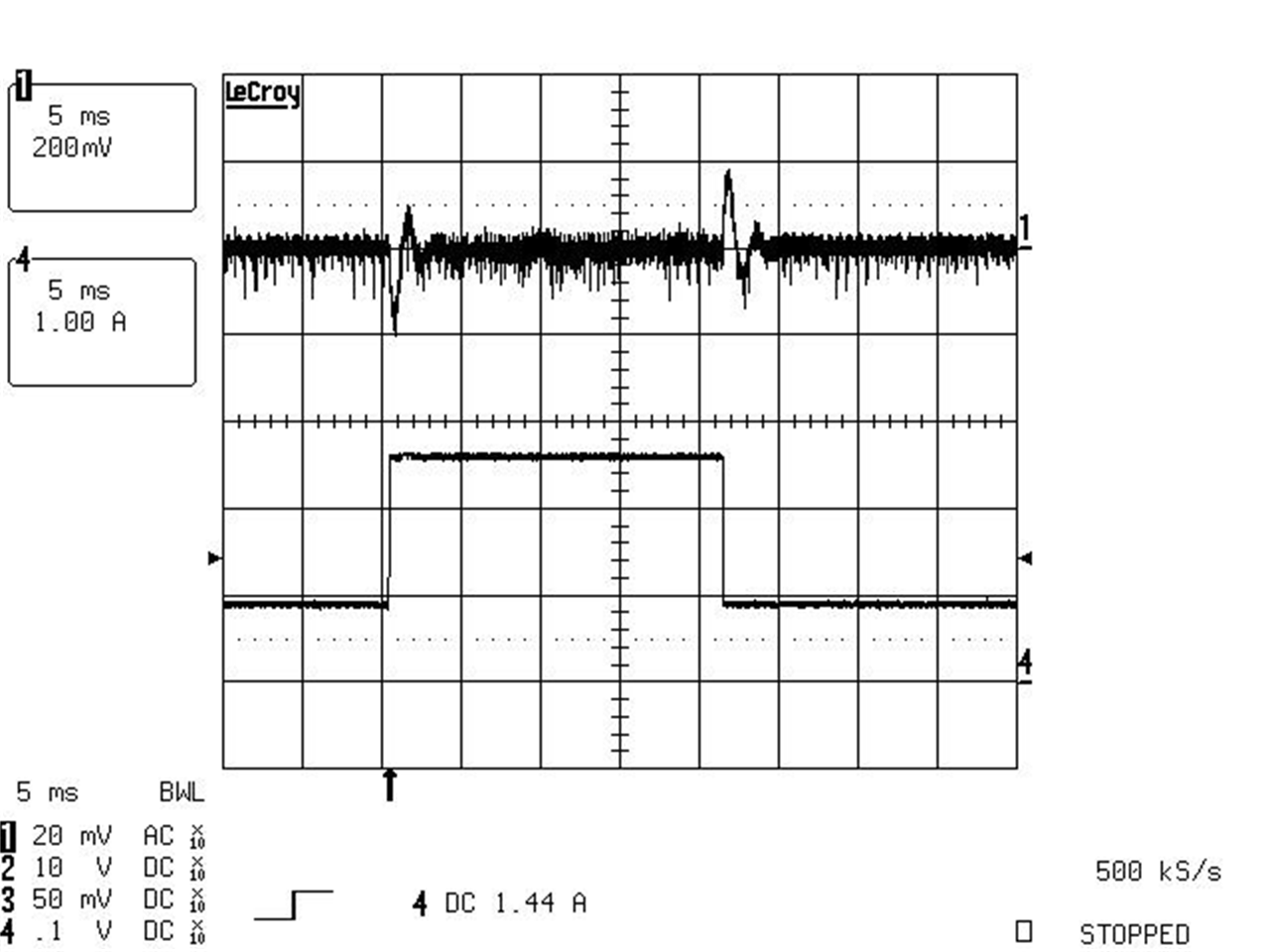 Figure 9-9 Output Voltage During 0.9-A to 2.7-A Load Transient (CH1: Output Voltage AC Coupled, 200 mV/div; CH4: Output Current, 1 A/div)
Figure 9-9 Output Voltage During 0.9-A to 2.7-A Load Transient (CH1: Output Voltage AC Coupled, 200 mV/div; CH4: Output Current, 1 A/div)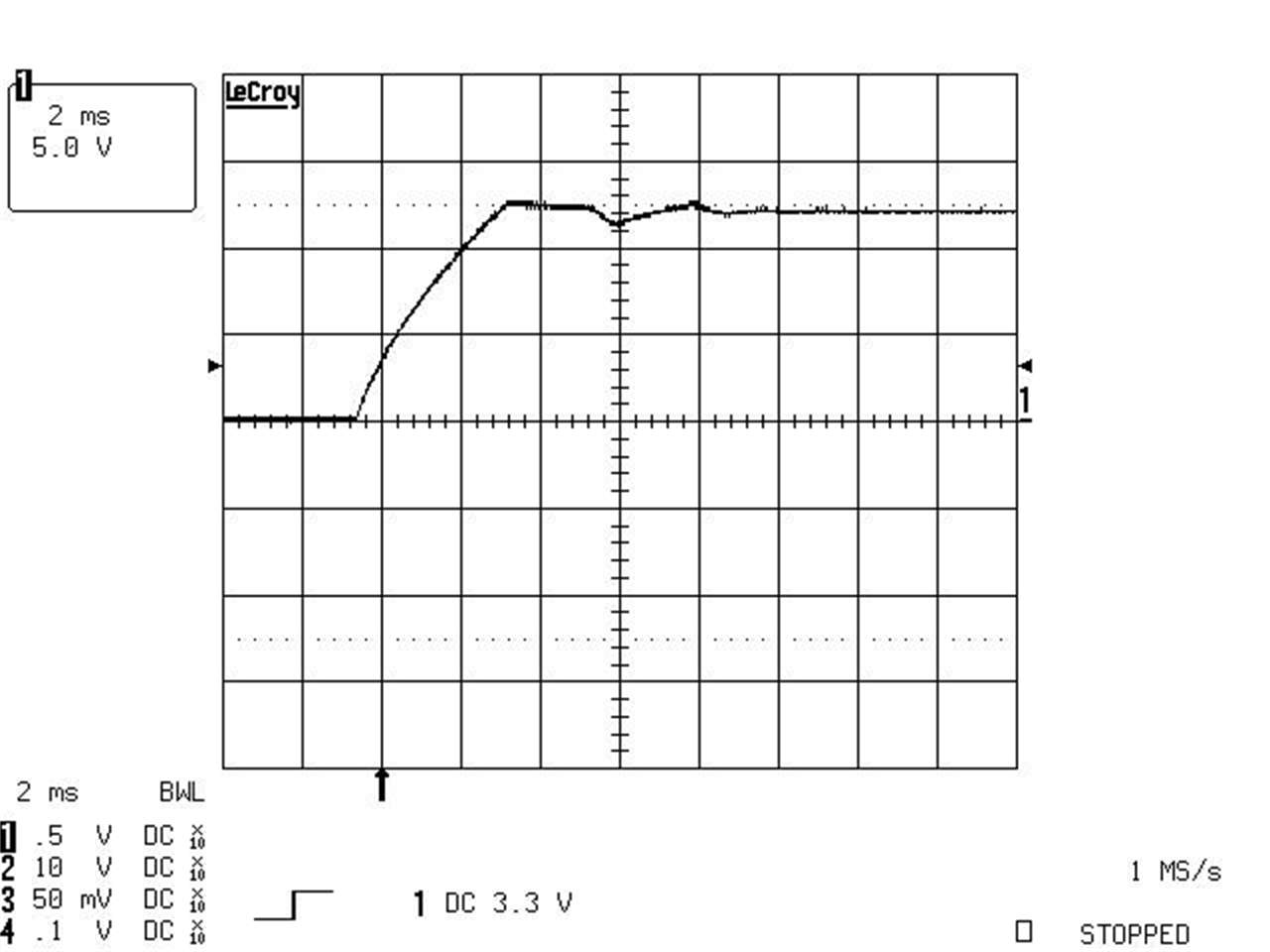 Figure 9-11 Output Voltage Behavior at Full Load Start-Up (5 V/div)
Figure 9-11 Output Voltage Behavior at Full Load Start-Up (5 V/div)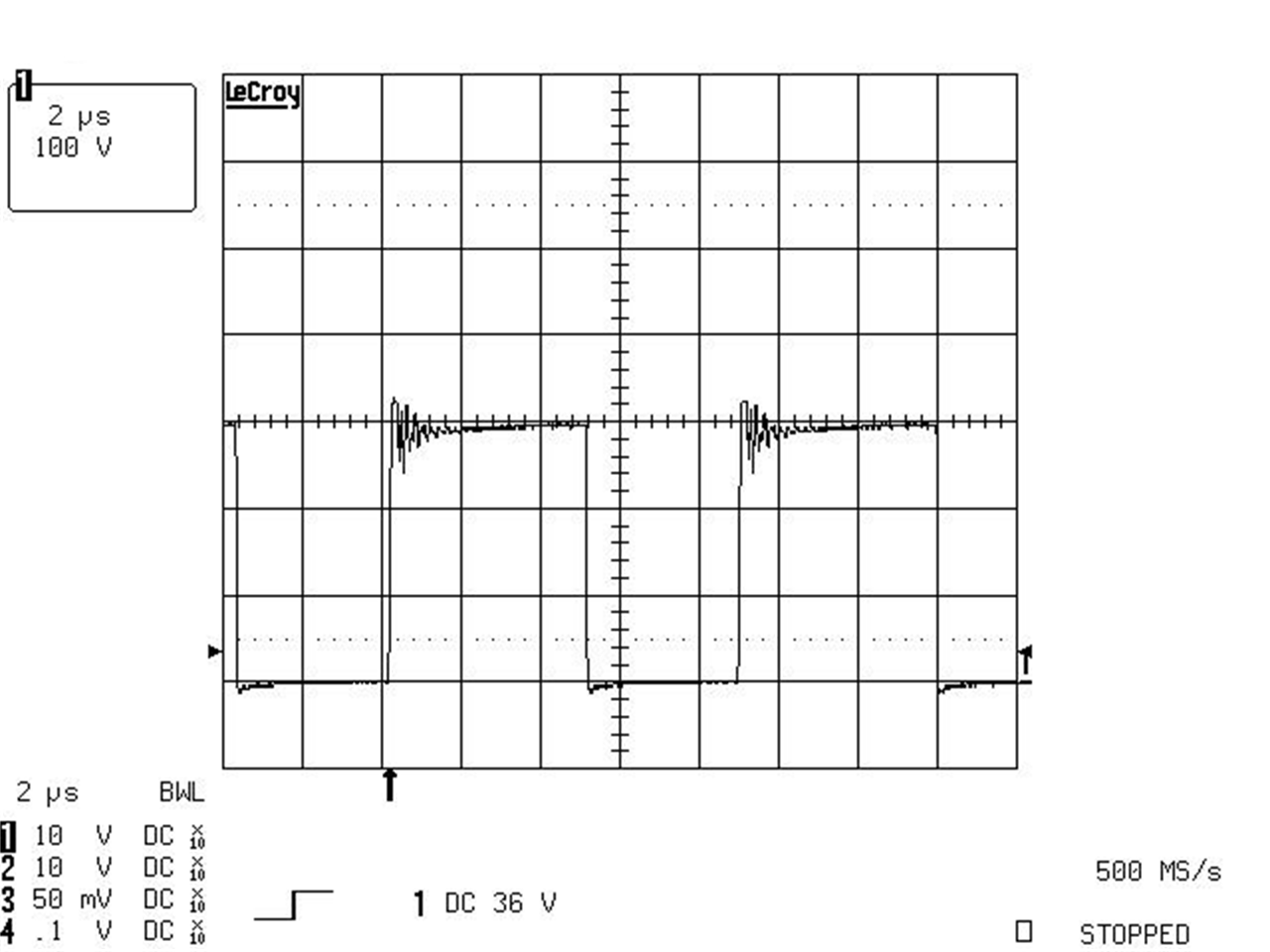 Figure 9-8 Primary Side MOSFET Drain to Source Voltage at 120-V AC Input (100 V/div)
Figure 9-8 Primary Side MOSFET Drain to Source Voltage at 120-V AC Input (100 V/div)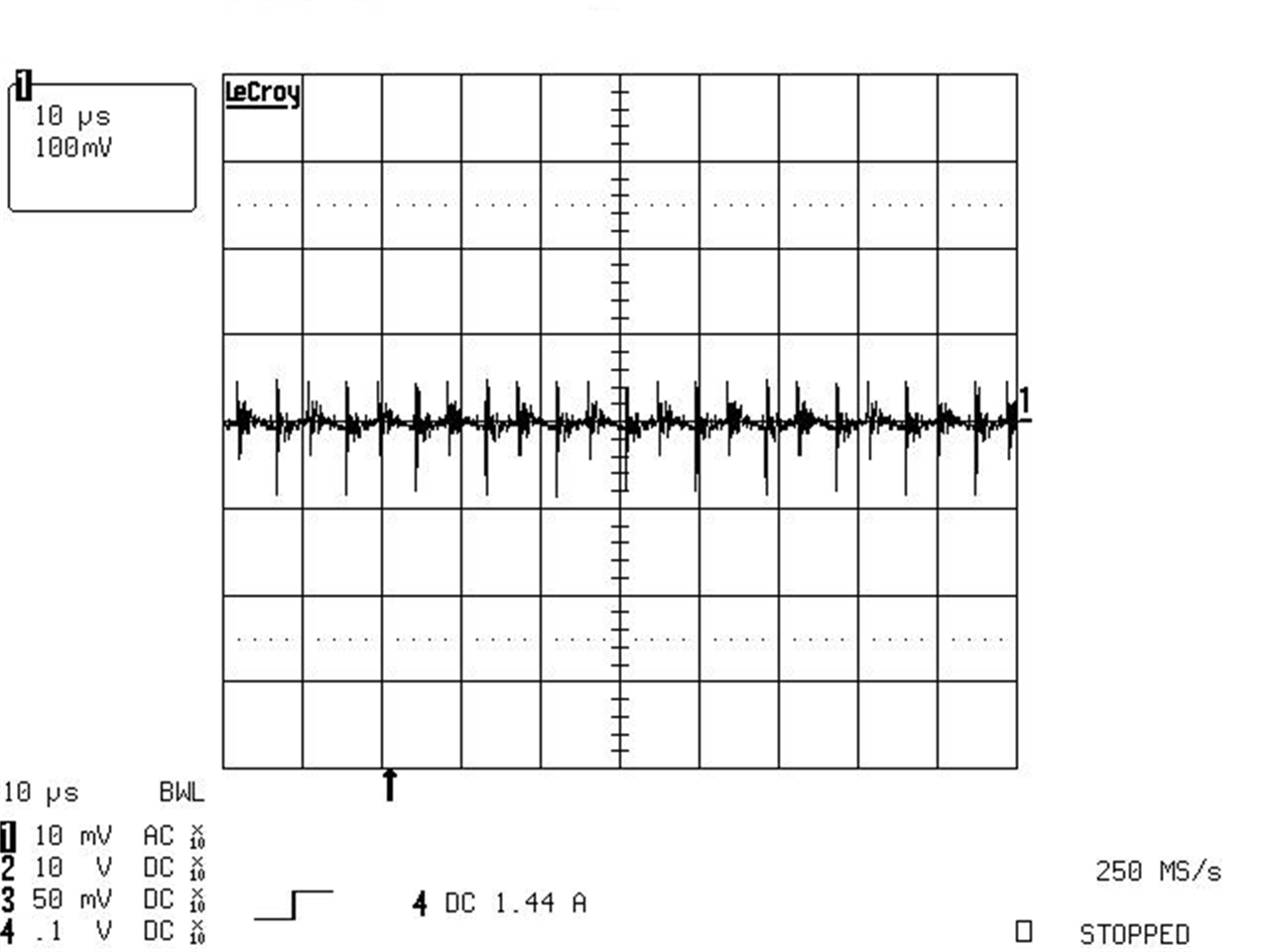 Figure 9-10 Output Voltage Ripple at Full Load (100 mV/div)
Figure 9-10 Output Voltage Ripple at Full Load (100 mV/div)